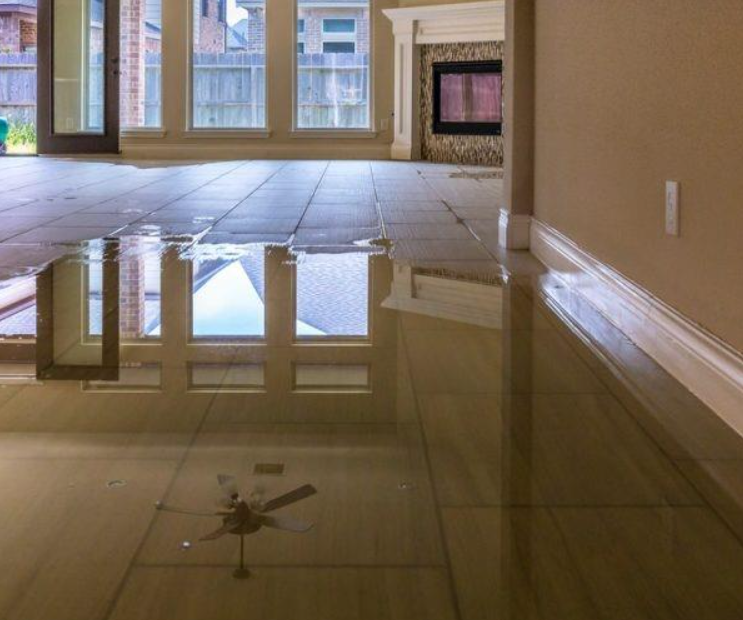This week is Winter Weather Preparedness Week in Indiana. It seems pretty appropriate to be talking about winter weather preparedness since most of us in Northwest Indiana already have to do so. In fact, this week the region set a record cold temperature – and winter is still one month away! Did you know November 19 is the average date of the first measurable snowfall? This year that average will likely change since our first snowfall came early – on HALLOWEEN!
Since it seems we are on par for another wicked winter, we’d like to share some tips on how to prepare for the upcoming winter weather.
– Homeowner’s insurance policy should be reviewed to ensure coverage is adequate for the type of weather that regularly occurs in the area. Identify what is excluded from the policy.
– Remove dead branches from nearby trees. The added weight of ice and snow, along with winds, may cause limbs to snap and damage property.
– Clean gutters now before snow and ice build-up. If gutters are clogged while ice and snow are thawing, water can back up under the roof and eaves, causing water damage inside the house. Consider buying screens to keep gutters debris-free.

– Many fires related to alternative heating sources (wood stoves, fireplaces, space heaters) are preventable and caused by poor maintenance. Keep alternative heat sources away from flammable material. Before installing a wood-burning stove, check with local officials about codes and proper installation techniques.
Winter weather preparedness week is also a good time to make a car readiness kit. These kits should include:
– At least two blankets or a sleeping bag
– Flashlight and extra batteries
– Jumper cables
– Emergency flares
– Extra clothing, including boots, hats and gloves
– Shovel
– Bottled water and non-perishable food
– First aid kit and necessary medication
– Sand or non-clumping cat litter for tire traction
– Cell phone and charger for vehicle use
– Ice scraper and snow brush
A preparedness kit can help during winter weather. Use Winter Weather Preparedness Week to ensure that your kit still has the essentials.
– Food and water for three days, including one gallon of water per person, per day
– Battery or hand crank all hazards (weather) radio
– Flashlight
– Extra batteries
– First aid kit
– Extra clothing, sturdy shoes, blankets and personal hygiene items.
– List of emergency phone numbers
– Copies of important documents (photo ID, social security card, etc.)
– Cash in small bills (Power outages can limit use of ATMs and credit cards.)
– Special items based on specific needs (baby formula, extra medication, insulin, etc.)
During winter weather, it is important to leave extra time to drive. Do not call city, county or state police to check on road conditions – police agencies across the state want to keep phone lines open for emergency phone calls. Dial toll-free 1-800-261-ROAD (7623) for updated Indiana travel information, including road conditions, road closures, crashes and other traffic alerts. The State of Indiana Travel Advisory Map can be found at http://www.in.gov/dhs/traveladvisory. The information on this map is updated by county emergency management agencies and reflects, in real time, information that they have reported to the Indiana Department of Homeland Security.
For more information on being ready for winter weather, visitwww.getprepared.in.gov.









